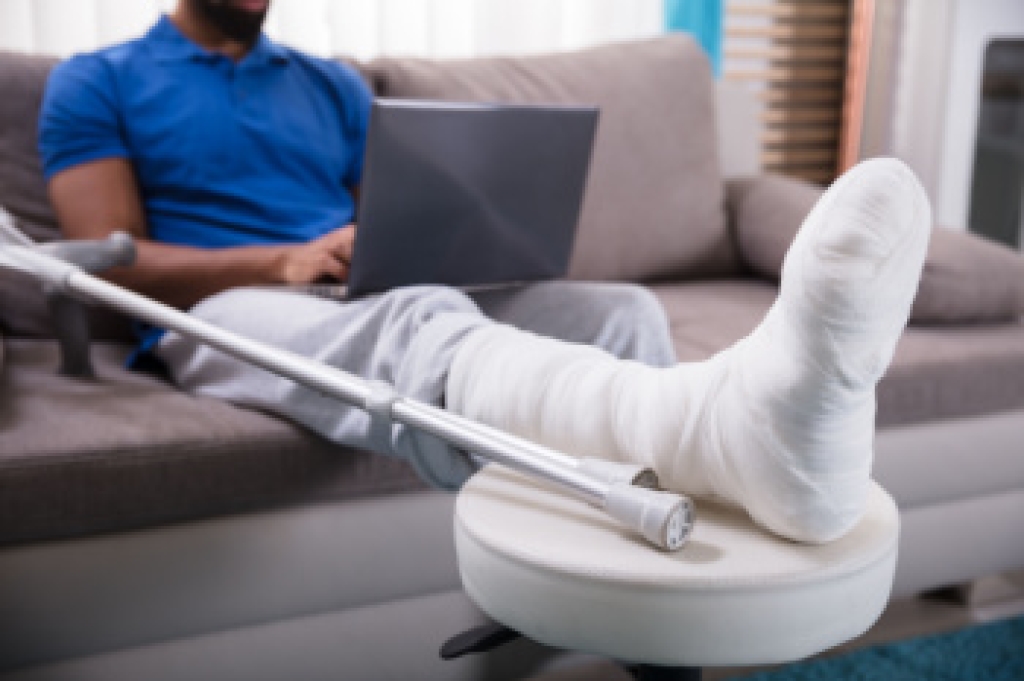
Wearing the right shoes while farming is essential for staying safe, dry, and comfortable during long hours of work. Proper farm footwear should offer slip resistance to prevent falls on wet surfaces, toe protection to guard against heavy objects, puncture resistance to avoid injury from sharp tools or debris, and durability to handle rough terrain. Supportive shoes also help reduce fatigue and protect the feet from long-term strain. A podiatrist can evaluate your foot structure, recommend the best footwear for your needs, and address any pain or injury caused by demanding farm work. If you have sustained a foot injury from wearing the wrong shoes at work, it is suggested that you contact a podiatrist who can treat various foot conditions, and guide you on the correct shoes to wear.
While working on the feet, it is important to take the proper care of them. For more information about working on your feet, contact one of our podiatrists from Bergen Foot & Ankle. Our doctors will treat your foot and ankle needs.
Working on Your Feet
Standing on your feet for long periods of time can cause stress and pain in your feet. Your whole body may experience change in terms of posture, back pain, bunions, callouses and or plantar warts. There are ways to avoid these conditions with proper foot care, smart choices and correct posture.
Positive Changes
Negative heeled shoe – Choosing this shoe type places the heel slightly lower than the ball of the foot. These are great for overall foot health. Find shoes that fit you correctly.
Go barefoot – Our feet were not designed to be enclosed for all hours of the day. Try to periodically expose your feet to air.
Eliminate Pain
Foot Exercises – Performing simple exercises, incorporating yoga and doing stretches are beneficial. This will allow increased blood flow to the area and muscles of the foot.
Achilles tendon – Stretching the foot out flat on the floor will relax the calf muscles and tendon. These exercises can be performed almost anywhere. Make sure you add these exercises to your daily regimen.
With a little bit of this information and knowing more about foot health, you will notice changes. Foot stretches and proper footwear will help with pain and prevent further issues.
If you have any questions please contact our offices located in Fort Lee, NJ and Flushing, NY . We offer the newest diagnostic and treatment technologies for all your foot and ankle needs.




